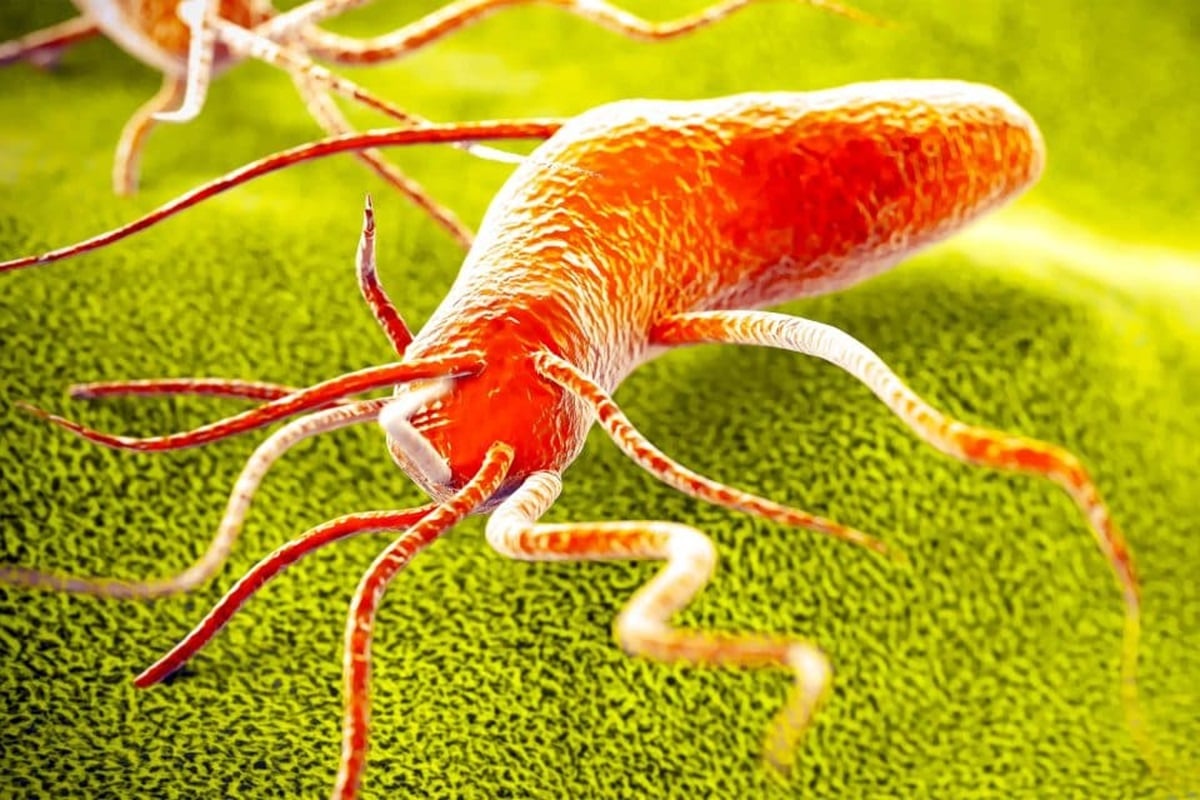Bacteria, those tiny yet tenacious life forms are far more influential than many of us realize. Inhabiting our bodies, shielding crops, and serving as eco-friendly factories, these microscopic marvels hold the key to unlocking a world of possibilities. Harnessing the power of bacteria has long been hindered by a significant roadblock: the challenge of introducing foreign DNA into their genetic makeup, a process known as DNA transformation.

The prime culprit standing in the way of successful DNA transformation is the bacteria’s own security system – the restriction-modification systems. These systems act as locked doors, marking the bacterial genome with a unique pattern and destroying any incoming foreign DNA that doesn’t match this pattern. To bypass this barrier, scientists have had to add the bacterial pattern to the foreign DNA, a laborious process involving the use of enzymes called DNA methyltransferases.
IMPRINT is considered as a groundbreaking innovation proposed by a team led by the Helmholtz Institute for RNA-based Infection Research (HIRI), in collaboration with Julius-Maximilians-Universität Würzburg (JMU) and researchers from North Carolina State University (NCSU). IMPRINT represents a novel approach to reproducing these patterns and enhancing DNA transformation, leveraging a cell-free transcription-translation (TXTL) system – a liquid mix that can produce RNA and proteins from added DNA.
“While TXTL is widely employed for various purposes, it has not previously been used to overcome barriers to DNA transformation in bacteria,” explained Chase Beisel, head of the RNA Synthetic Biology department at the HIRI and professor at the JMU Medical Faculty.
The key advantage of IMPRINT lies in its ability to express a bacterium’s specific DNA methyltransferases, which are then used to modify the foreign DNA before its delivery into the target bacterium. This approach is significantly faster and simpler than existing methods, which often require purifying individual DNA methyltransferases or expressing them in E. coli, a process that can take days to weeks and only reconstitute a fraction of the bacterium’s methylation pattern.
“Current approaches require purifying individual DNA methyltransferases or expressing them in E. coli, which often proves cytotoxic. These methods can take days to weeks and only reconstitute a fraction of the bacterium’s methylation pattern,” said Justin M. Vento, a PhD student at NC State and the first author of the study.



